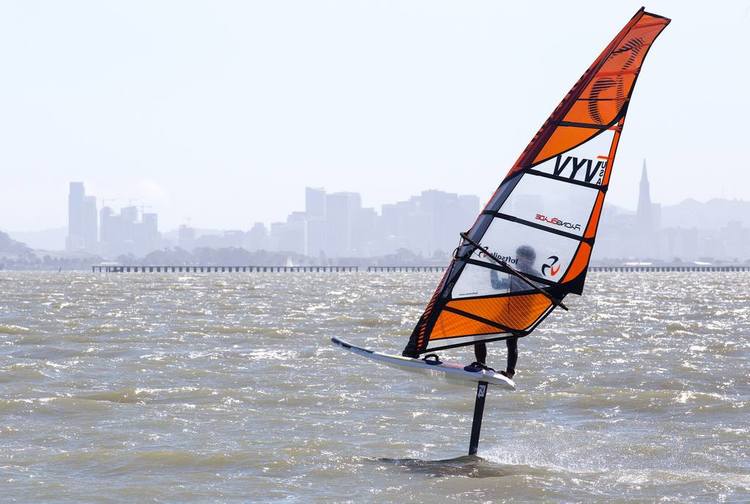CSS Layout
Dr. Greg Bernstein
Updated September 12th, 2021
CSS Layout and Floats
Learning Objectives
- Learn about the history of Web layout and the modern approaches to Web layout
- Understand and use the CSS
displayproperty - Understand and use the CSS
floatproperty for its intended purpose
Readings
Reference/Further Information
Invisible CSS. Good review and in depth look at important CSS concepts.
Overview
From MDN:
CSS page layout techniques allow us to take elements contained in a web page and control where they are positioned relative to their default position in normal layout flow, the other elements around them, their parent container, or the main viewport/window.
Normal Flow
From MDN:
The elements that appear one below the other are described as block elements, in contrast to inline elements, which appear one beside the other, like the individual words in a paragraph.
Changing the “Flow” 1
Normal flow is how the browser lays out HTML pages by default when you do nothing to control page layout.
HTML is displayed in the exact order in which it appears in the source code, with elements stacked up on top of one another
Changing the “Flow” 2
We’ll use three CSS properties to change the “normal flow”: float, position, and display.
Question for Perspective: Grids
How long have grids been used in page layout?
A History of Grids
- Grid systems have been used to layout books, newspapers, advertisements, etc. since the origins of writing and drawing!
- This approach is used by designers today for web pages, apps, and GUIs.
- Various methods have been used to create “grid systems” for web pages/apps.
Earliest HTML Grids
- Abuse of Tables
- The HTML
<table>element was created for the tabular display of data. - You may still see some of this lingering in the output of legacy systems.
- This approach has been abandoned. It has many issues.
- The HTML
- Float Based Grids
- Standards based but still not optimal
Today: FlexBox and Grid Layouts
- FlexBox layout allows much flexibility when placing elements about either a horizontal or vertical reference line
- Grid layout allows much flexibility when placing elements into a two dimensional grid.
The CSS display Property
display
From display
The display CSS property specifies the type of rendering box used for an element. In HTML, default display property values are taken from behaviors described in the HTML specifications or from the browser/user default stylesheet.
Block, Inline or …
We can use the display property to change the defined layout of an element
block– Forces “block” layout, one item over anotherinline– Forces “inline” layout, one item next to anotherinline-block– a combination that respects widths- Other values are available (legacy)
Layout Choices with display
display: flex;for FlexBox layout within this element (container)display: grid;for Grid layout within this element (container)- Both
flexandgridhave many, many additional properties that can be set on both container and contained elements.
display: none
From MDN:
In addition to the many different display box types, the value none lets you turn off the display of an element; when you use none, all descendant elements also have their display turned off.
Floats
History
Originally, the float property was introduced to allow web developers to implement simple layouts involving an image floating inside a column of text, with the text wrapping around the left or right of it.
Image Float example
<style>#Foil {width:40%; float:left}</style>
<img src="MikePercyFoiling.jpg" id="Foil" >
<p>Foiling is the newest and greating thing to hit sailing...</p>Image Float Live

Foiling is the newest and greating thing to hit sailing. Everyone is doing it! Yes, kiters (kite boarders), windsurfers, Americas cup yachts, and even your Professor.
Float Functionality
The element with the float set on it is taken out of the normal layout flow of the document and stuck to the left (we set
float:left) hand side of its parent container.Any content that comes after the floated element in the normal layout flow will now wrap around it, filling up the space to the right hand side of it as far up as the top of the floated element.
Float Practice
File: FloatPractice.html
- Float one of the images to the left and one to the right
- Do you need to modify other properties for this to work?
- Does it always look good?